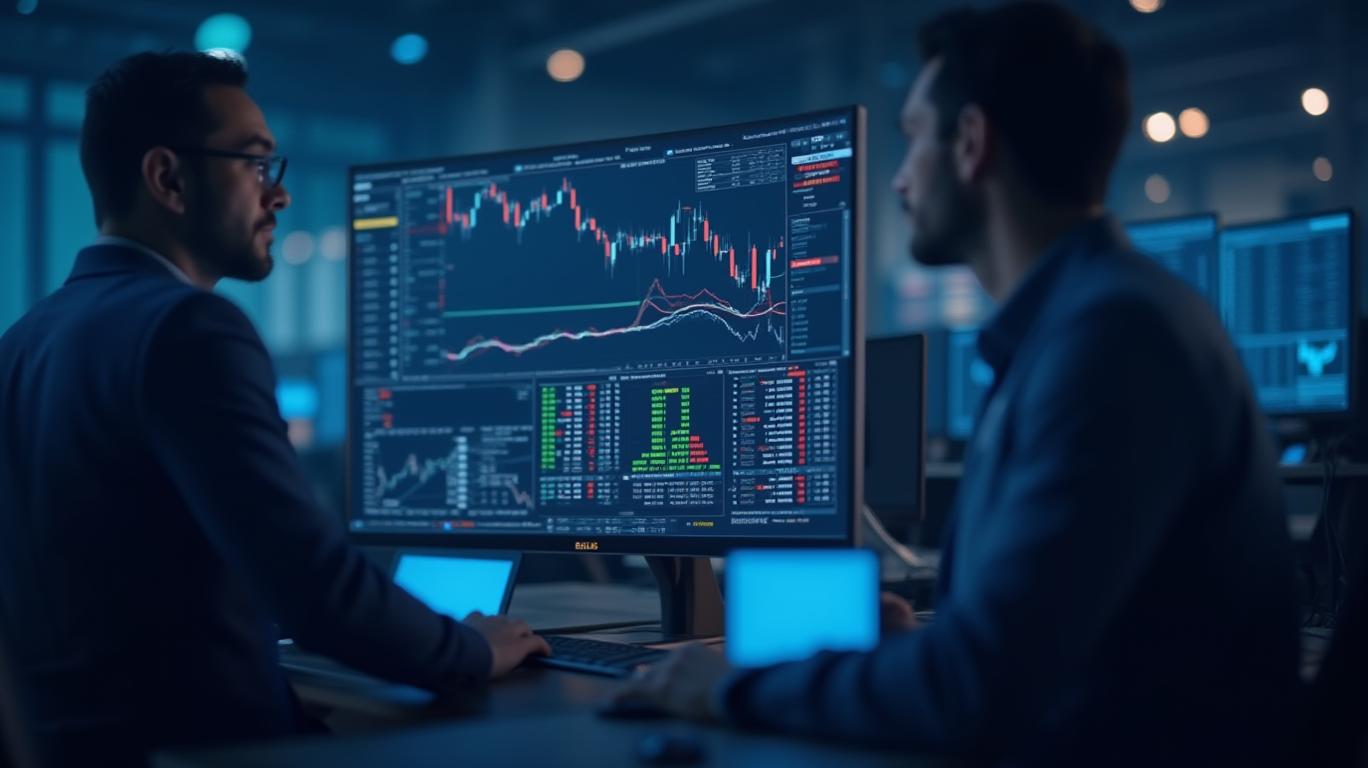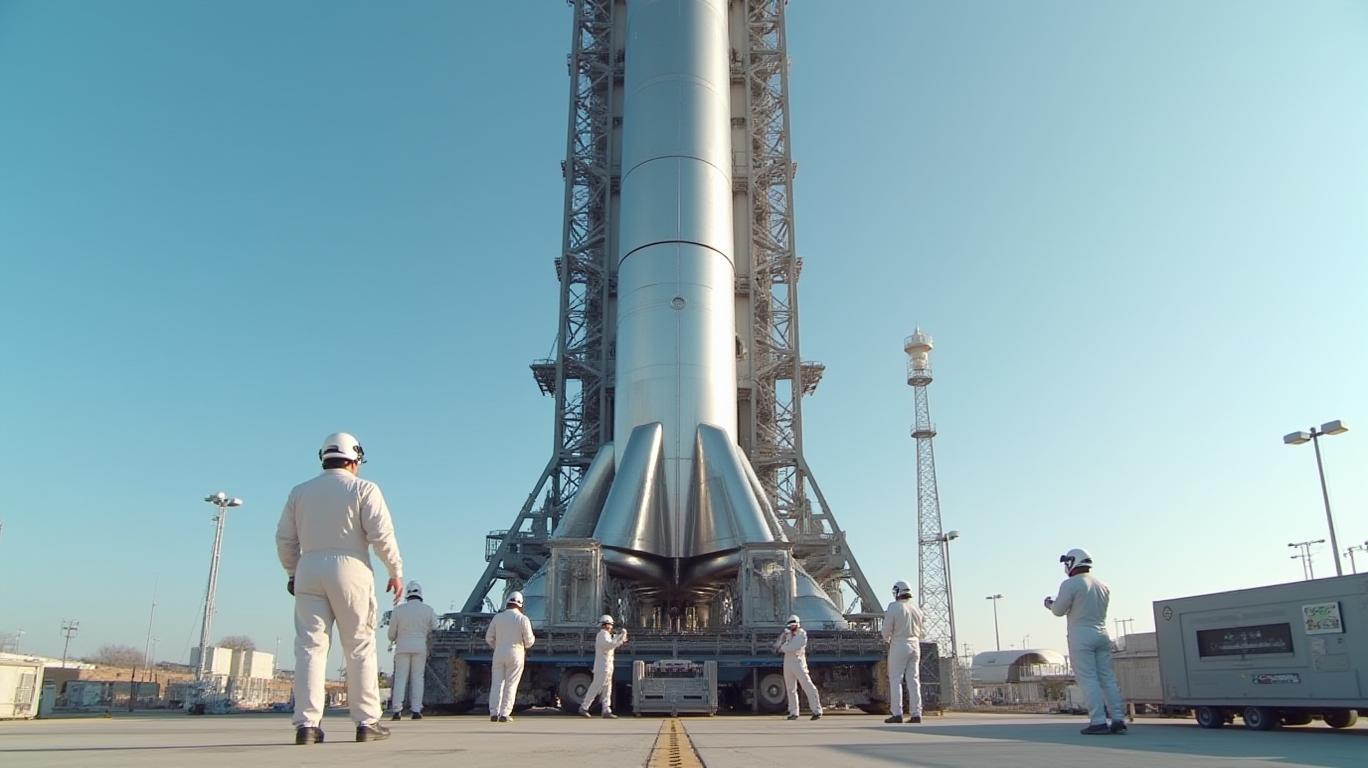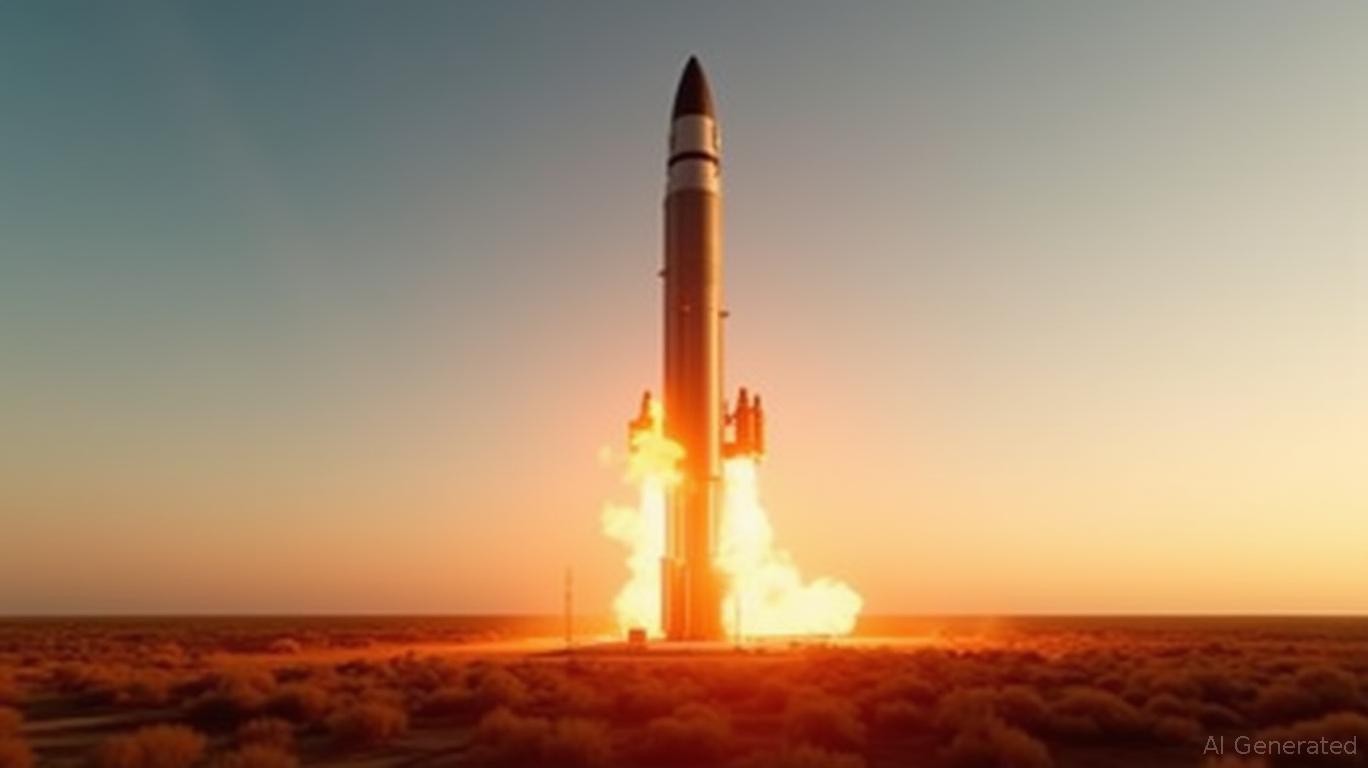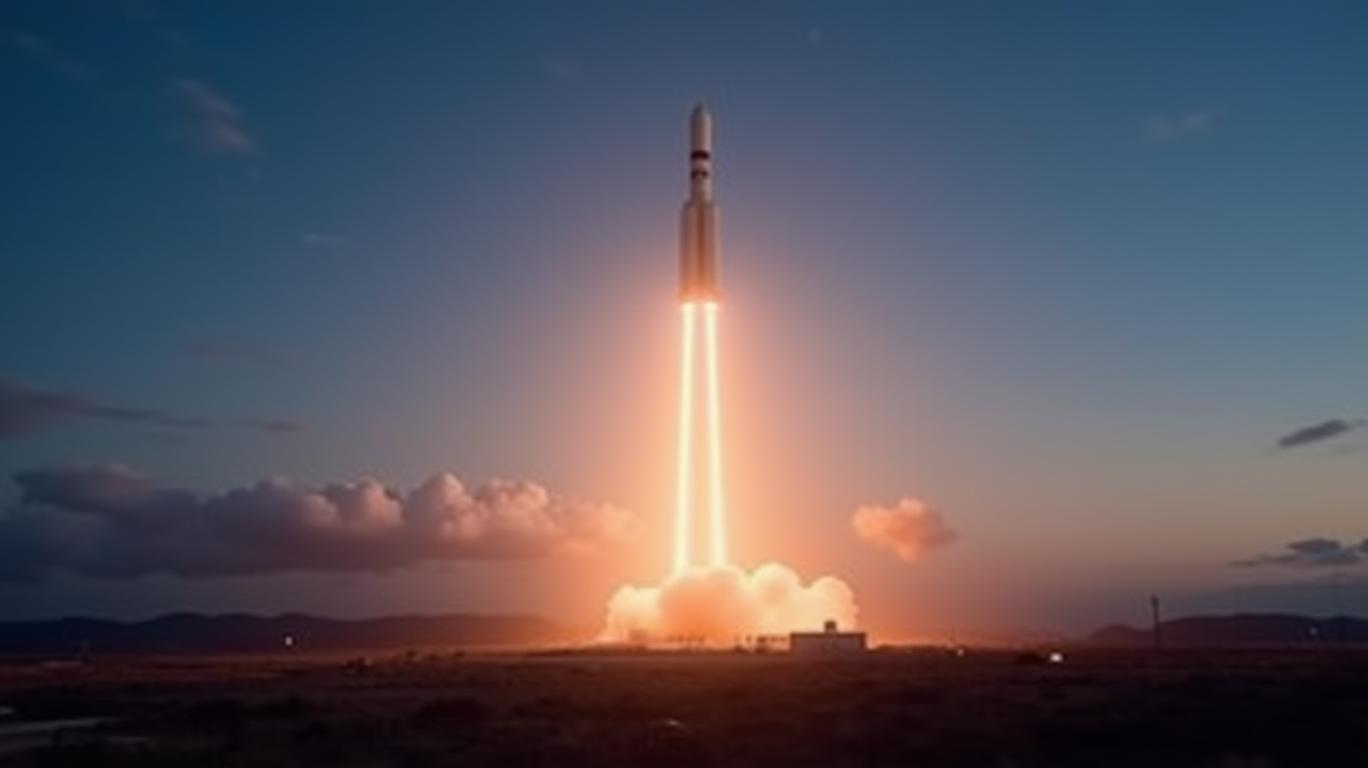SpaceX's CRS-32 Launch: A Beacon of Reliability in a Competitive Orbit

The April 21, 2025, launch of SpaceX’s CRS-32 mission to the International Space Station (ISS) was more than a routine cargo flight. It underscored the company’s dominance in commercial space logistics while highlighting vulnerabilities in its rivals’ capabilities. For investors, this event crystallizes a critical question: In an era of rising space commercialization, how sustainable is SpaceX’s lead—and what risks might challenge it?
A Critical Resupply, Amid Turbulence
The CRS-32 mission, carrying 6,700 pounds of scientific experiments and crew supplies, marked SpaceX’s 32nd ISS resupply flight under NASA’s Commercial Resupply Services (CRS) contract. Yet its significance extended far beyond routine operations. The launch occurred against a backdrop of logistical disruptions: Northrop Grumman’s delayed Cygnus NG-22 mission—scrapped after a pressure vessel mishap—and Sierra Space’s Dream Chaser, now over a year behind schedule.
As the sole functional U.S. resupply provider for weeks, SpaceX’s reliability became a lifeline. “CRS-32 wasn’t just a delivery—it was a stopgap for NASA’s orbital logistics,” noted aerospace analyst Laura Forastiere. The mission’s cargo included critical experiments, such as the APEX-12 plant study, which explores radiation effects on telomeres, and ExAM aerosol monitors to safeguard crew health.
The Reusability Edge—and Its Limits
SpaceX’s reusable rocket model, epitomized by the Falcon 9 booster landing at Cape Canaveral’s LZ-1, remains its crown jewel. The April 21 mission’s first-stage booster (B1092) completed its third flight, reducing costs by an estimated 30% per launch. Yet challenges persist. A February 2025 post-launch fire involving booster B1086 highlighted risks inherent in rapid reusability.
“SpaceX’s scale is its strength, but it’s also a pressure point,” said space economist Eric Stallmer. “A single mishap could delay missions, squeezing margins in a market where competitors like Blue Origin and Arianespace are nipping at their heels.”
A Market in Flux: Opportunities and Risks
The CRS-32 mission underscores SpaceX’s dual role as both a disruptor and an indispensable partner. For investors, the company’s advantages are clear:
- Dominance in Low-Earth Orbit (LEO): With 433 booster landings and a 70% share of U.S. government launch contracts, SpaceX’s economies of scale deter competition.
- Technological Leadership: Innovations like the enhanced drogue parachutes tested on CRS-32—designed for smoother reentries—signal ongoing R&D investments.
However, risks loom:
- Regulatory and Safety Scrutiny: As launches increase, so do compliance demands. The FAA’s post-fire investigation of B1086 could slow approvals.
- Dependence on Government Contracts: Over 60% of SpaceX’s revenue stems from NASA and DoD programs. Diversification into markets like satellite broadband (Starlink) remains capital-intensive.
The Road Ahead: From Resupply to Lunar Ambitions
CRS-32 also previews SpaceX’s next-phase goals. The mission tested thrusters for its U.S. Deorbit Vehicle, critical to managing the ISS’s planned 2031 retirement. Meanwhile, partnerships like NASA’s Artemis program—relying on SpaceX’s Starship for lunar landings—position the firm as a cornerstone of deep-space exploration.
Yet competition is intensifying. Blue Origin’s National Team, backed by Lockheed Martin and Northrop Grumman, seeks to challenge SpaceX’s lunar monopoly. “SpaceX’s agility gives it an edge, but no company stays unchallenged forever,” said Forastiere.
Conclusion: A Launchpad for Value—or a Risky Orbit?
The CRS-32 mission reaffirms SpaceX’s position as the go-to logistics provider for LEO, but its future hinges on balancing scale, safety, and diversification. For investors, the company’s stock—already up 25% year-to-date—reflects this duality.
While SpaceX’s reusable rockets and ISS partnerships drive near-term growth, its long-term success depends on mitigating operational risks and capitalizing on emerging markets like lunar tourism or satellite internet. In a sector where failure is costly, SpaceX’s next chapter will be written not just in launch numbers, but in its ability to innovate without compromise.
Actionable Takeaway: Investors should weigh SpaceX’s technical prowess against its reliance on government contracts and regulatory risks. Diversification into firms with niche strengths—e.g., satellite manufacturing or in-space servicing—may hedge against a potential market correction.
The stars, it seems, are still aligned for SpaceX—but the path to dominance is littered with variables even Elon Musk cannot control.










